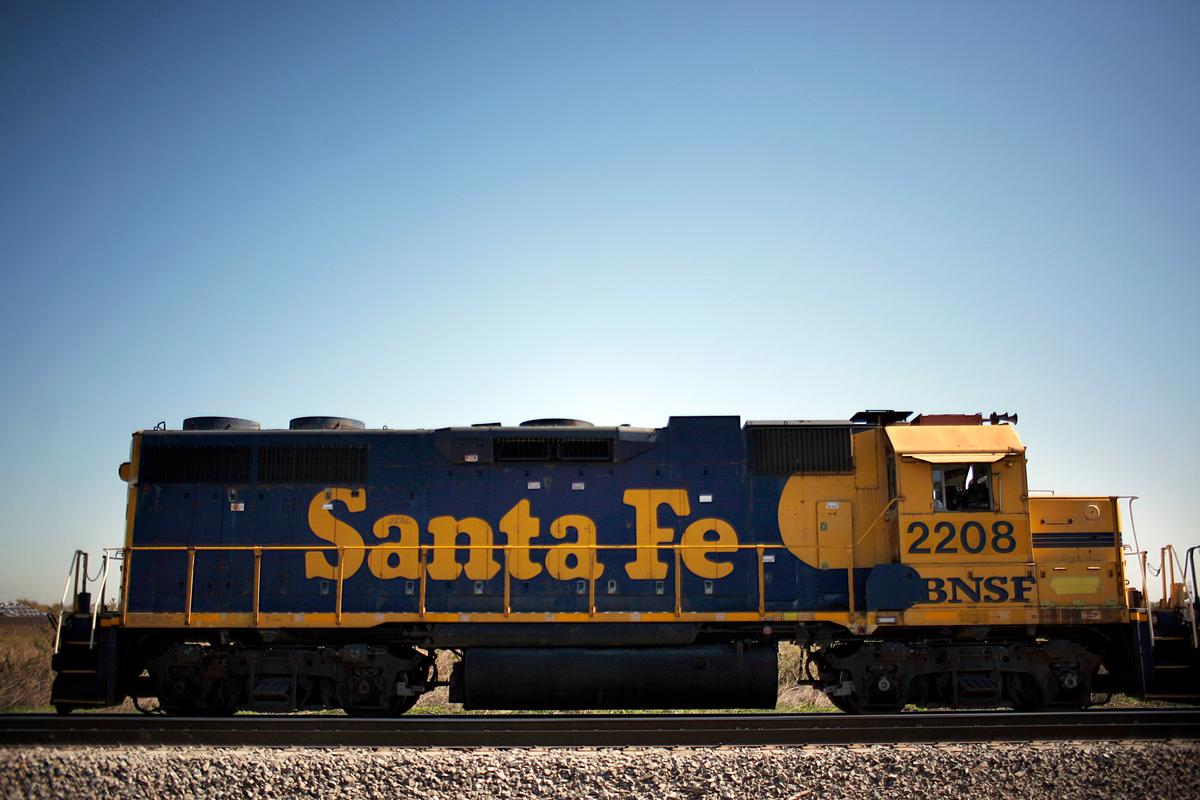NEWS ANALYSIS
Warren Buffett’s holding company, Berkshire Hathaway Inc., crossed a milestone last week by eclipsing $300 billion in market capitalization.
Class A shares of the investment company rose $1,597, or 0.88 percent, to $183,772 per share on the New York Stock Exchange last Friday, giving the firm a market capitalization of $303 billion.
Buffett’s firm is the fifth largest U.S. company by this metric, trailing in order, Apple Inc., Google Inc., Exxon Mobil Corp., and Microsoft Corp.
Shares Up on Q4 Earnings
Shares of Berkshire Hathaway have risen 3 percent since it announced record fourth-quarter and full-year earnings on March 1.
The company was buoyed by the announcement of $19.5 billion in net income and $182 billion in revenues for the year, leading several Wall Street analysts to affirm their “buy” ratings on the stock. The company’s 2014 outlook is also strengthened by higher employment and a housing market recovery.
In a research note, S&P Capital IQ estimated organic operating revenues at Berkshire to rise 5 to 8 percent in 2014 and 8 to 10 percent next year. The firm expects Berkshire’s finances to reflect an improving U.S. economy, given its stakes in the economically sensitive industrial and insurance sectors.





